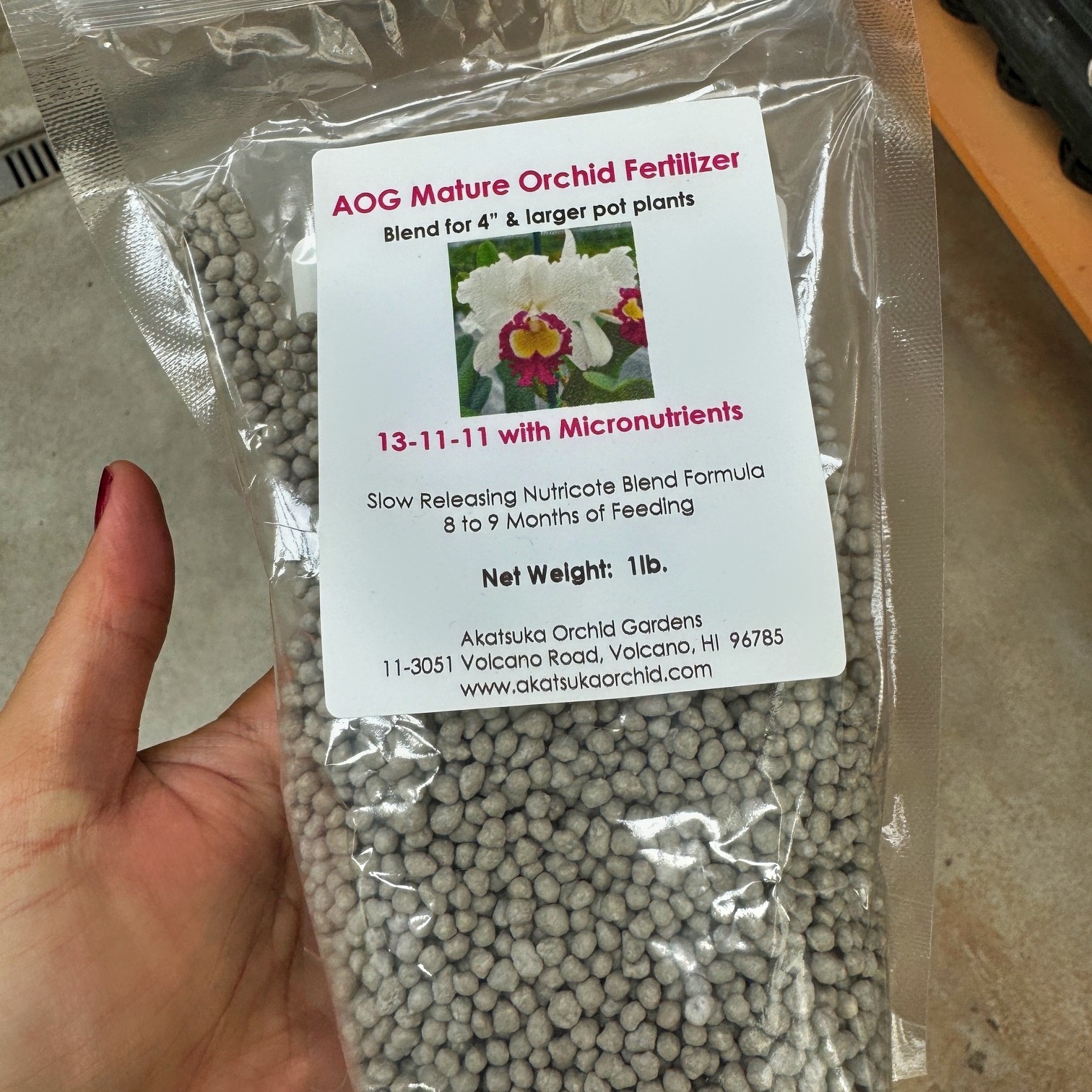
Orchid Help: 3 Reasons Why Your Orchid Plant Isn't Blooming
Posted by Kamaile O. on Aug 29th 2024
Orchids are annual bloomers and some can rebloom more than once per year while others may seemingly bloom continuously throughout the year. But many people haven’t found the secret to enjoying their orchids the following season.
"Why Isn’t My Orchid Blooming?" One of the most frequently asked questions we get. There could be so many reasons but here are 3 of the most commonly experienced among the people we've met.
1. Inadequate or Too Much Sunlight

So just how much sunlight do orchids need?
Although many orchid varieties need bright conditions to thrive and bloom, they also can’t handle direct sunshine. If growing orchids indoors, place the plant near a window that receives morning sunshine. When outdoors, orchids will also thrive if the direct rays of the sun are shaded by a tree.
As a simple rule of thumb, bright but indirect morning sunlight is ideal in most cases.
2. Incorrect Orchid Fertilizer Dosage or Formula

How much orchid fertilizer should I use?
Orchids don’t require too much feeding and some orchids can skip a blooming season if they receive too much nitrogen-rich fertilizer.
Because of this, here at our orchid farm we choose to use a balanced, slow release, nutricote orchid fertilizer in granule form. This type of orchid feed slowly releases the necessary micronutrients and trace elements with each watering to ensure consistent, balanced feeding that won’t burn the roots or plant.
If using a liquid fertilizer, many growers give their plants a one-half strength dose to avoid burning.
3. Not Watering Correctly
Wrinkled leaves & pseudobulbs are a sign of under-watering. If your plant is too dry, it’ll divert water away from the buds and direct it to thirsty areas.
On the other hand, too much water stops oxygen from reaching the roots, causing them to brown and die, otherwise known as root rot.
Allow the media to dry between waterings to prevent this issue. Check the moisture by inserting your finger into the media.
If it feels dry, it’s time to water your orchid. And although, highly rumored as an easy way to water your orchid, never use ice cubes. There is an insufficient amount of water in a few ice cubes to properly water your orchid plant.
